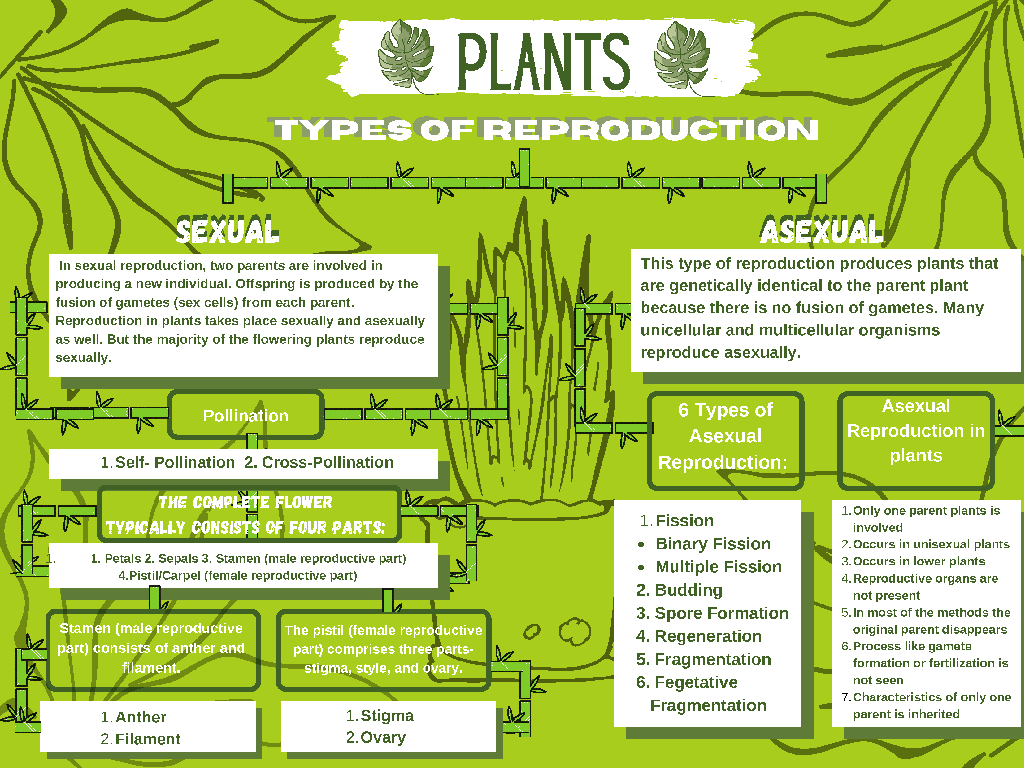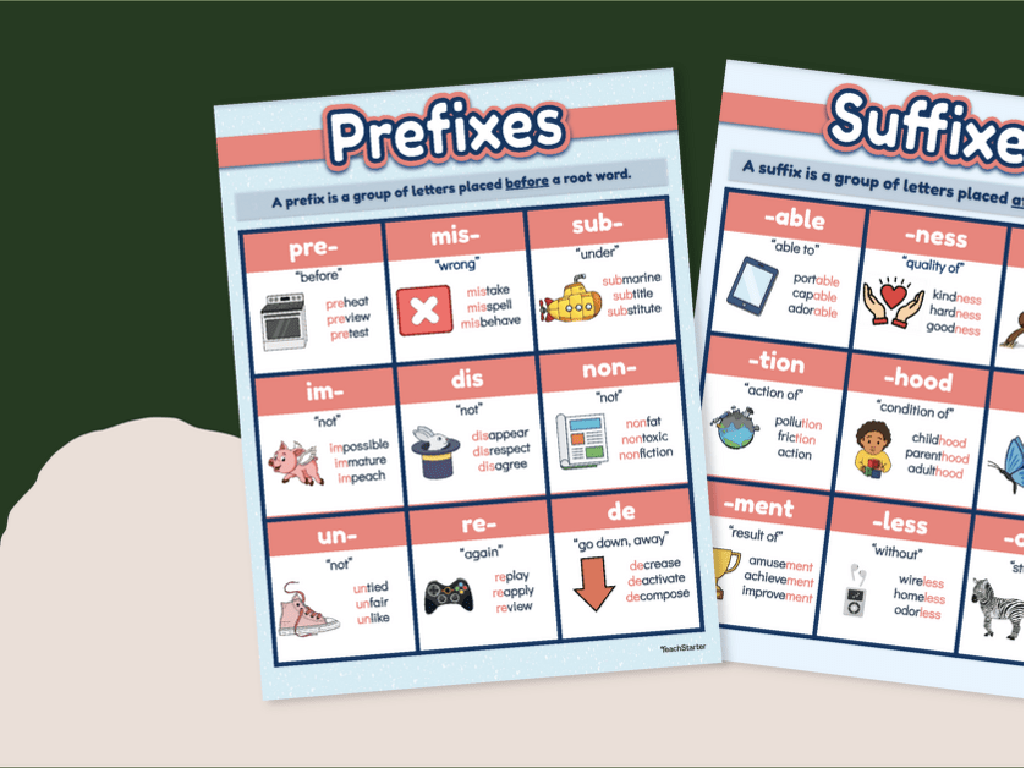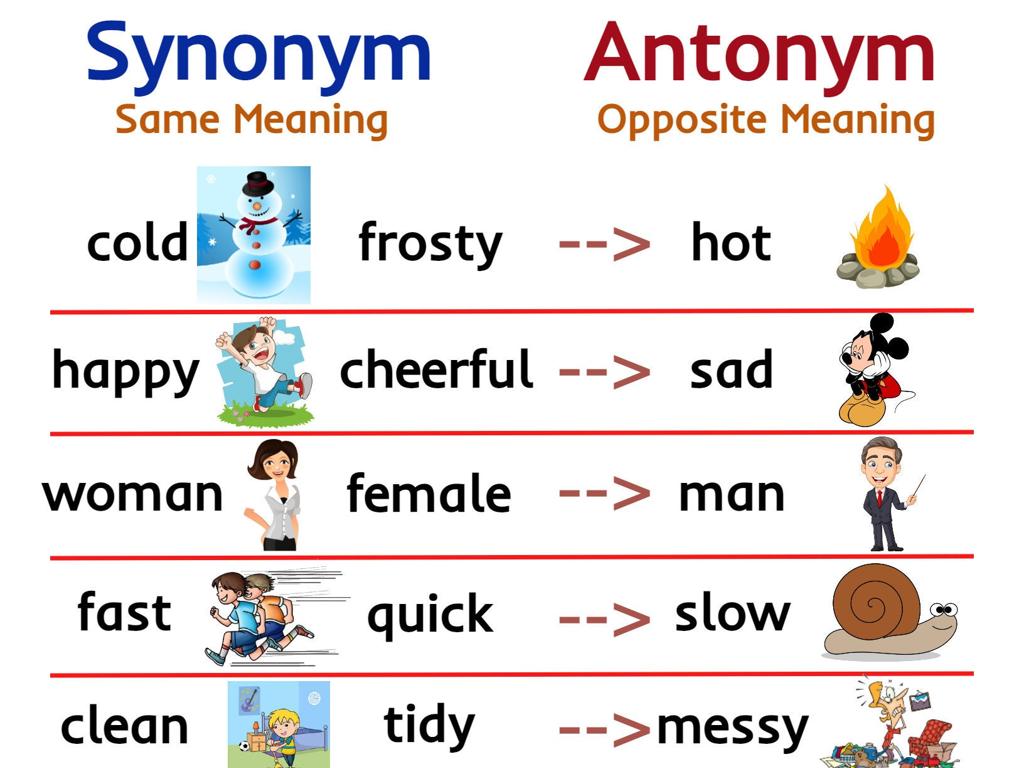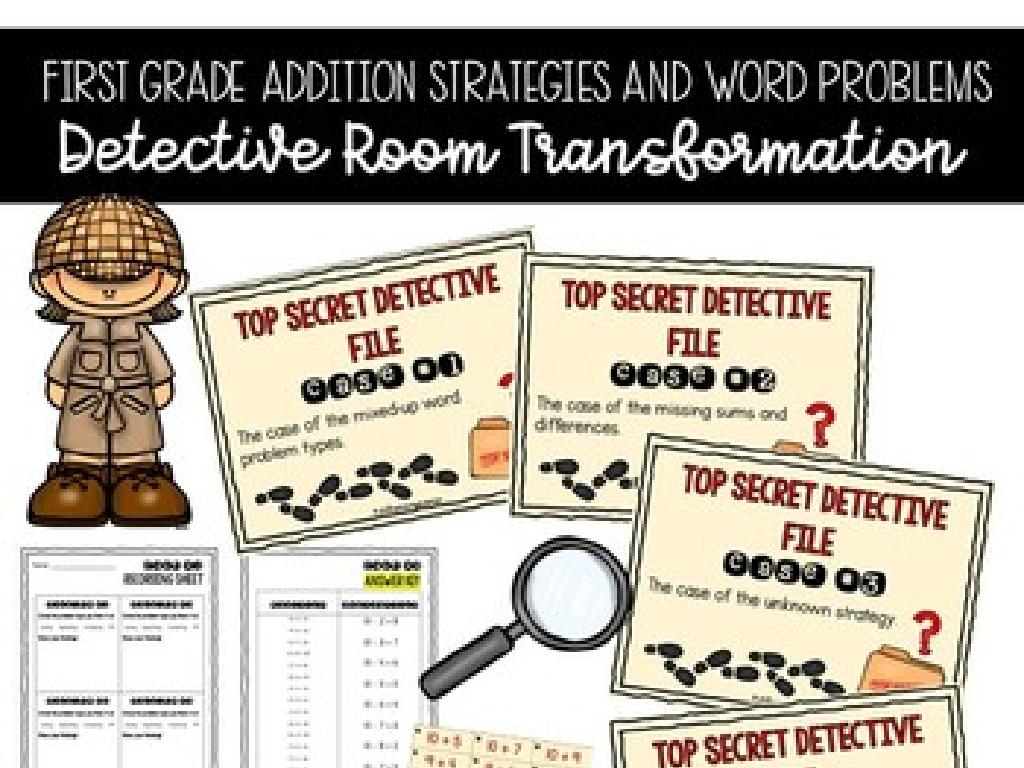Percents Of Numbers: Fractional And Decimal Percents
Subject: Math
Grade: Sixth grade
Topic: Percents Of Numbers
Please LOG IN to download the presentation. Access is available to registered users only.
View More Content
Welcome to Percents!
– Percents represent parts of 100
– Percents, fractions, and decimals connection
– 50% is 1/2 or 0.5; they all represent the same amount
– Calculating percent of a number
– To find 20% of 50, calculate 20/100 * 50 = 10
– Percents in daily life
– Discounts, taxes, and statistics use percents
|
This slide introduces students to the concept of percents and their relationship with fractions and decimals. Begin by explaining that percents are another way to express fractions and decimals, with the word ‘percent’ meaning ‘out of 100’. Show how to convert between percents, fractions, and decimals with examples. Then, demonstrate how to calculate the percent of a number, which is a fundamental skill in many real-life applications such as calculating discounts during shopping, understanding tax rates, or interpreting statistical data. Use relatable examples to solidify their understanding and show the practicality of percents in everyday life. Encourage students to think of other examples where they encounter percents.
Understanding Percents
– Percent means ‘per hundred’
– Relation: Percents, Fractions, Decimals
– All represent parts of a whole but in different forms
– Example: 50% as a fraction and decimal
– 50% equals 1/2 and also 0.5
– Converting between forms
– Practice changing 75% to a fraction and a decimal
|
This slide introduces the concept of percent as a fundamental part of mathematics, specifically focusing on its meaning as ‘per hundred’. It’s crucial to explain that percents, fractions, and decimals are all interconnected ways of expressing quantities. Use the example of 50% to show how it can be represented as 1/2 in fraction form and 0.5 in decimal form. Encourage students to understand these conversions by practicing with different percentages, such as converting 75% to both a fraction and a decimal. This will help them grasp the concept of percents and how they are used in various mathematical and real-life situations.
Converting Fractions to Percents
– Steps to convert fractions to percents
– Multiply the fraction by 100 and add a percent sign.
– Example: Converting 3/4 to a percent
– 3/4 x 100 = 75%. Three-fourths equals 75%.
– Practice problem: Convert 2/5 to a percent
– Apply the steps to convert 2/5 into a percent.
|
This slide is aimed at teaching students the process of converting fractions to percents. Start by explaining the steps: multiply the fraction by 100 and then add the percent sign to express the answer as a percentage. Use the example of 3/4 to show this process in action, demonstrating that 3/4 is equivalent to 75% when multiplied by 100. Then, present the practice problem of converting 2/5 to a percent, guiding students to apply the same steps. Encourage students to work through the problem and share their answers. The goal is for students to understand the conversion process and to be able to apply it to different fractions independently.
Converting Decimals to Percents
– Shift decimal places to right
– Example: 0.85 to a percent
– Move decimal two places right: 0.85 becomes 85%
– Practice: Convert 0.37
– Try converting 0.37 to a percent on your own
– Why shifting matters
– Shifting decimal places changes the value’s representation, not its actual value
|
This slide is aimed at teaching students how to convert decimal numbers to percentages by shifting the decimal point two places to the right. For example, to convert 0.85 to a percent, students should move the decimal two places to the right, which gives 85%. This method is consistent for all decimal to percent conversions. The practice problem 0.37 reinforces this concept, and students should arrive at 37% as the answer. Emphasize that while the representation of the number changes from a decimal to a percent, the actual value does not; it’s simply a different way to express the same amount. This concept is fundamental in understanding percentages and will be used in various applications in math and real-life scenarios.
Calculating Percents of Numbers
– Understand the formula
– Percent x Base = Amount helps find part of a whole
– Example: 20% of 150
– 20% of 150 is 0.20 x 150 = 30
– Practice: 35% of 80
– Calculate 35% of 80 as a class activity
– Applying the concept
|
This slide introduces the formula for calculating percents of numbers, which is a fundamental concept in understanding percentages. Start by explaining the formula ‘Percent x Base = Amount’, where ‘Percent’ is the percentage you want to find, ‘Base’ is the whole number, and ‘Amount’ is the part of the base. Use the example of finding 20% of 150 to show how to convert the percentage to a decimal and multiply by the base to find the amount. Then, present a practice problem for the class to solve together, finding 35% of 80. Encourage students to apply this concept to various scenarios, reinforcing their understanding of percentages in real-world contexts. The slide’s notes provide a detailed explanation for the teacher to facilitate student learning and engagement.
Using Percents in Real Life
– Shopping discounts explained
– Calculate % off sale prices, e.g., 20% off $50
– Restaurant tax and tip calculations
– Add tax % to meal cost, calculate % tip on service
– Interest rates in banking
– Understand % increase on savings over time
|
This slide aims to show students how percentages are used in everyday life, making the concept more tangible and relevant. Start by explaining how shopping discounts work, using an example such as finding 20% off a $50 item. Then, move on to calculating tax and tips in restaurants, demonstrating how to apply a percentage to the total bill and how to figure out a fair tip based on the service. Lastly, discuss interest rates in banking, showing how money can grow over time with a certain percentage applied as interest. Encourage students to think of other areas where they’ve encountered percentages and to practice these real-life calculations to become more comfortable with the concept.
Class Activity: Percent Scavenger Hunt
– Find classroom items with ‘percent’ links
– Calculate classmate characteristic percents
For example, what percent of students have brown hair?
– Create a real-life percent poster
Include items like sales tax, discounts, or nutrition labels.
– Share findings with the class
Discuss how percents appear in daily life and their importance.
|
This interactive activity is designed to help students recognize the prevalence and significance of percentages in everyday life. Divide the class into small groups and assign each group to find items or characteristics within the classroom that can be expressed in percentages. For the second task, students will calculate the percentage of their classmates with certain traits, such as brown hair or glasses, to practice their percentage calculation skills. Then, each group will create a poster showcasing various percentages they encounter in real life, such as in advertisements, shopping discounts, or food nutrition labels. Encourage creativity and ensure they understand how to convert these observations into percentage form. Finally, have each group present their poster and findings to the class, fostering a discussion on the role of percentages in daily decisions and observations. Possible activities could include comparing hair color percentages, tallying who has pets at home, or what portion of the class prefers different genres of books.
Wrapping Up: Percents of Numbers
– Recap: Understanding Percents
Percents represent parts of a whole, crucial for daily math.
– Homework: Conversion Worksheet
Complete the worksheet to convert fractions and decimals to percents.
– Practice is key to mastery
The more you practice, the better you’ll understand percents.
– Keep exploring percents!
|
As we conclude today’s lesson on percents, remind students of the importance of understanding percents in everyday life, such as in sales tax, discounts, and statistics. For homework, assign a worksheet focused on converting fractions and decimals to percents to reinforce today’s learning. Emphasize the value of consistent practice to become proficient in working with percents. Encourage students to explore percents further by finding real-life examples where percents are used, such as in cooking or when comparing prices while shopping.





